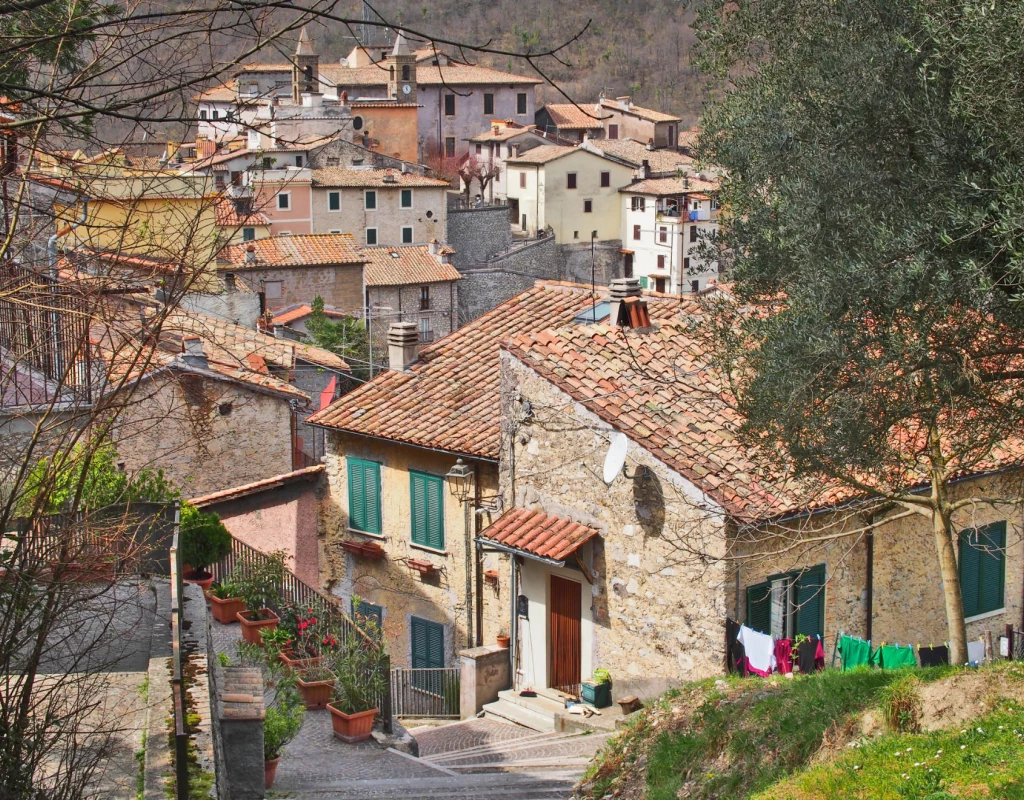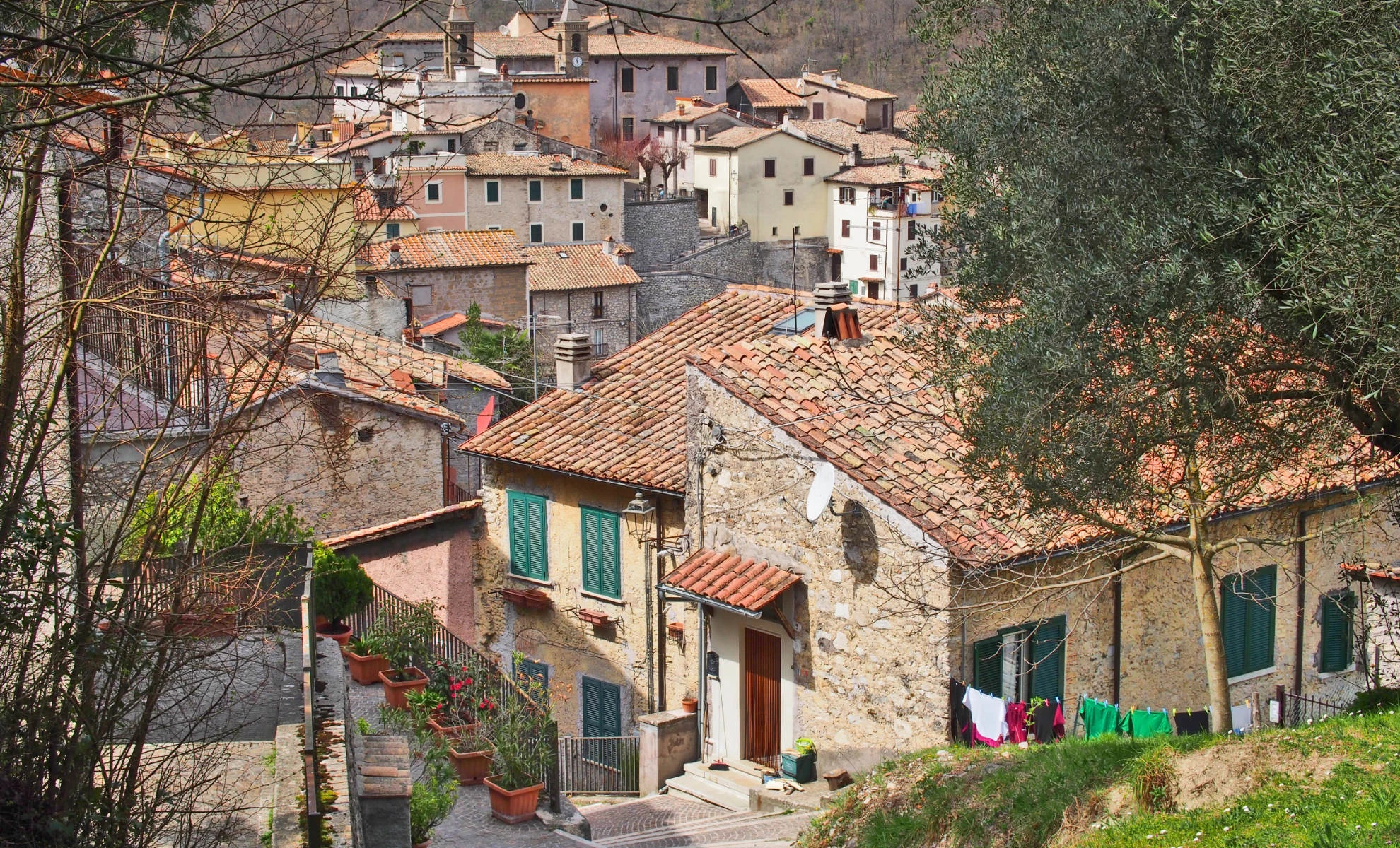Percile is a treasure chest, one of the most beautiful in Italy. It is a very small village of just two hundred people, on a hill 575 meters high and set in the wonderful Regional Park of the Lucretili Mountains, at the meeting point between the Aniene Valley and the Roman Sabina.
Ph. Roberta Venditti
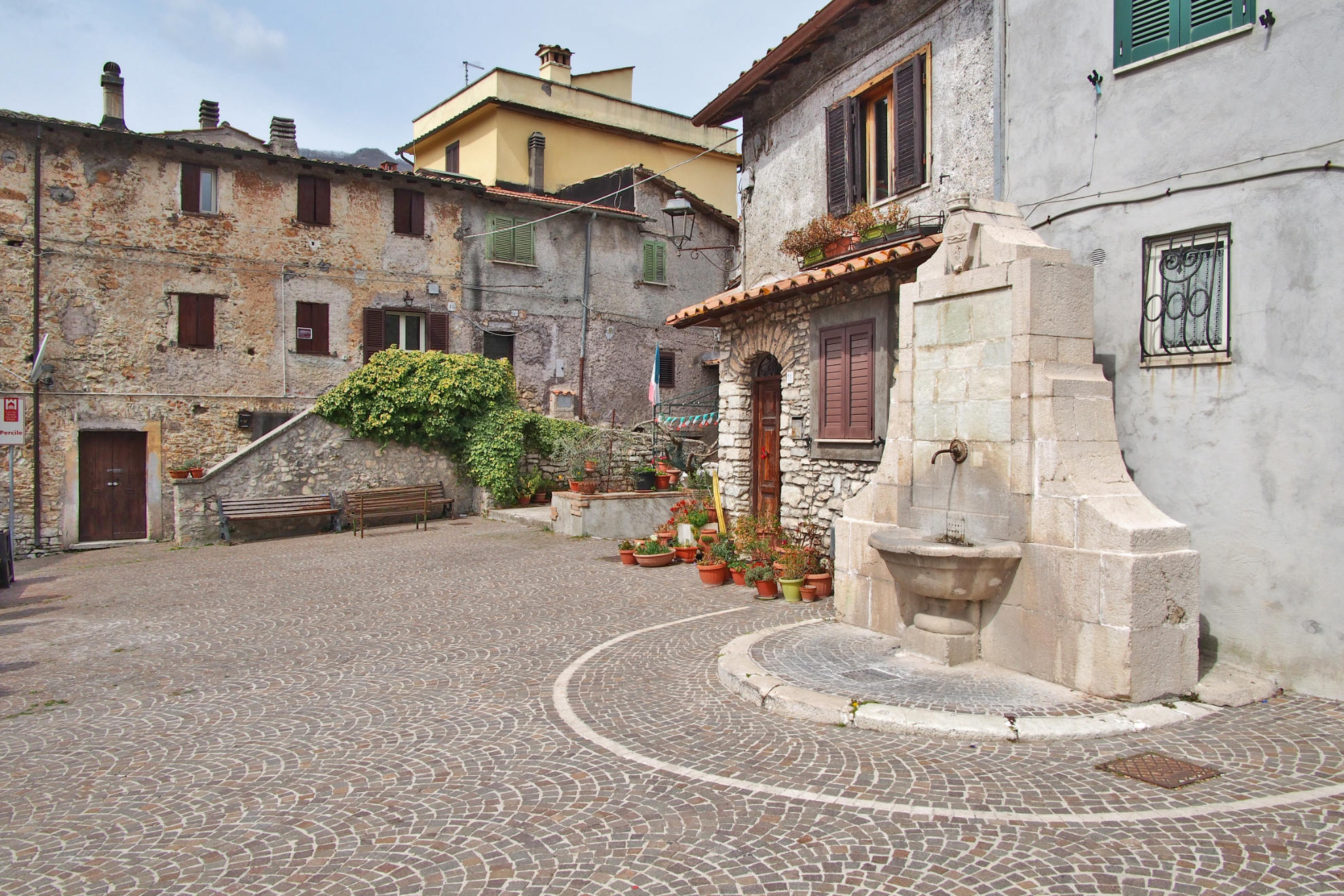
Just sixty kilometers from Rome, it is close to the capital and yet it seems to be very far away. Here everything has an ancient flavor. The stone houses, the old men on the benches to enjoy the sun, the low buildings, the alleys overlooking the valley; the wood for the fireplaces piled up next to the doors, the clothes drying on the wire between two trees. Cats walk freely on the street and the smell of sauce spreads along the streets at lunchtime. Cars rarely pass. It is the village of “ramiccia”, the typical local pasta, handcrafted in the houses.
Ph. Roberta Venditti

Walking through the narrow streets every now and then a cross appears between the roofs, because Percile is a very small village, but rich in history and churches to see. The one of Sant’Anatolia, right in the center of the village, which houses seventeenth-century frescoes. The church of Santa Lucia, from the 16th century, dedicated to the patron saint of the town. The latter, together with Palazzo Orsini-Borghese, now the seat of the Municipality, was once the fortress of Percile.
Ph. Roberta Venditti
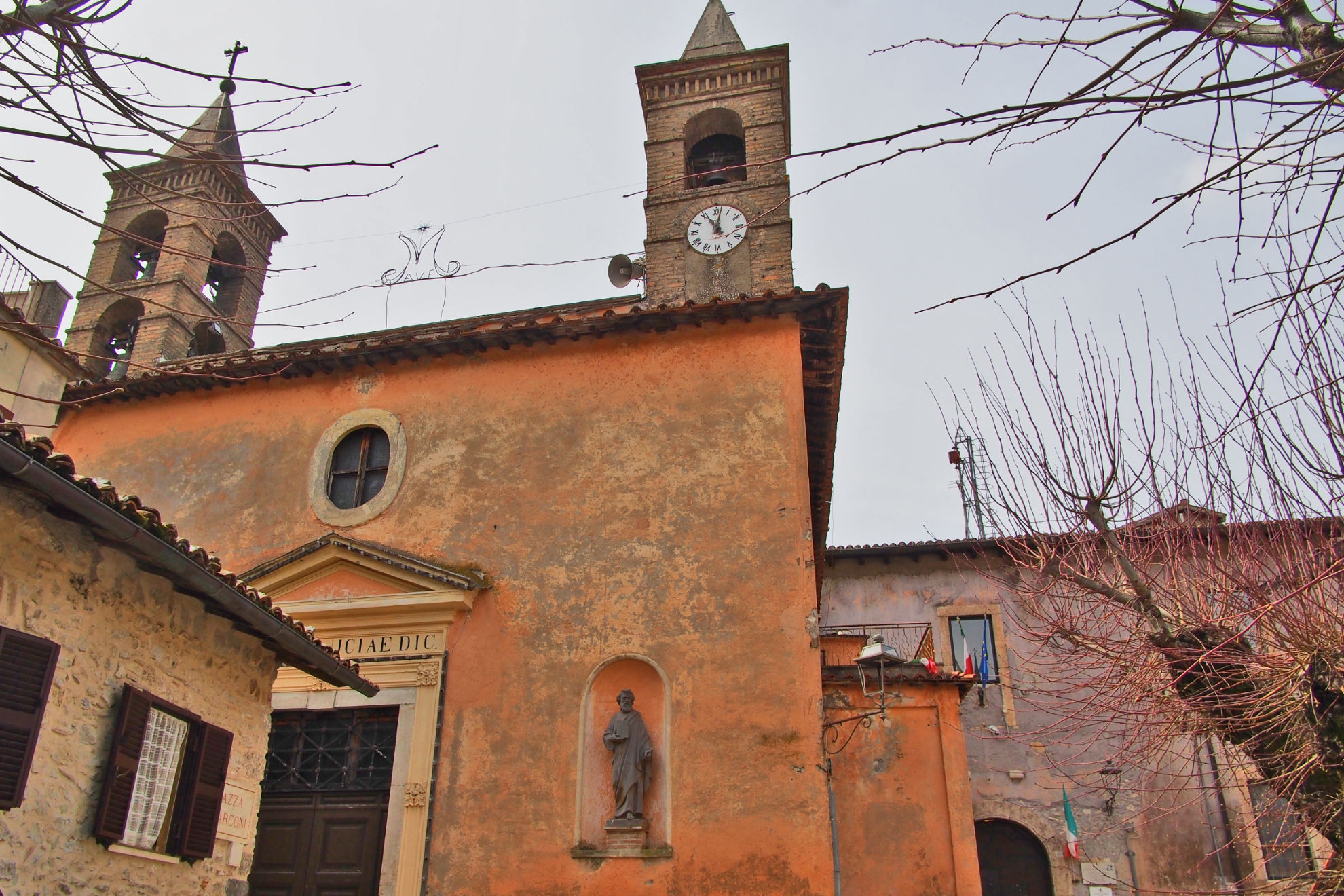
The first news of the village can be read in the life of Saint Silvestro the first, Pontiff from 314 to 335. Some historians derive the name from the Roman family Porcia. In fact, Percile conserves some sepulchral stones from the Roman period. In 1011 arable land was donated by Ottone, Count of Sabina, and precisely this donation, now kept in the Register of the Abbey of Farfa, is the oldest document we have on Percile.
Ph. Roberta Venditti
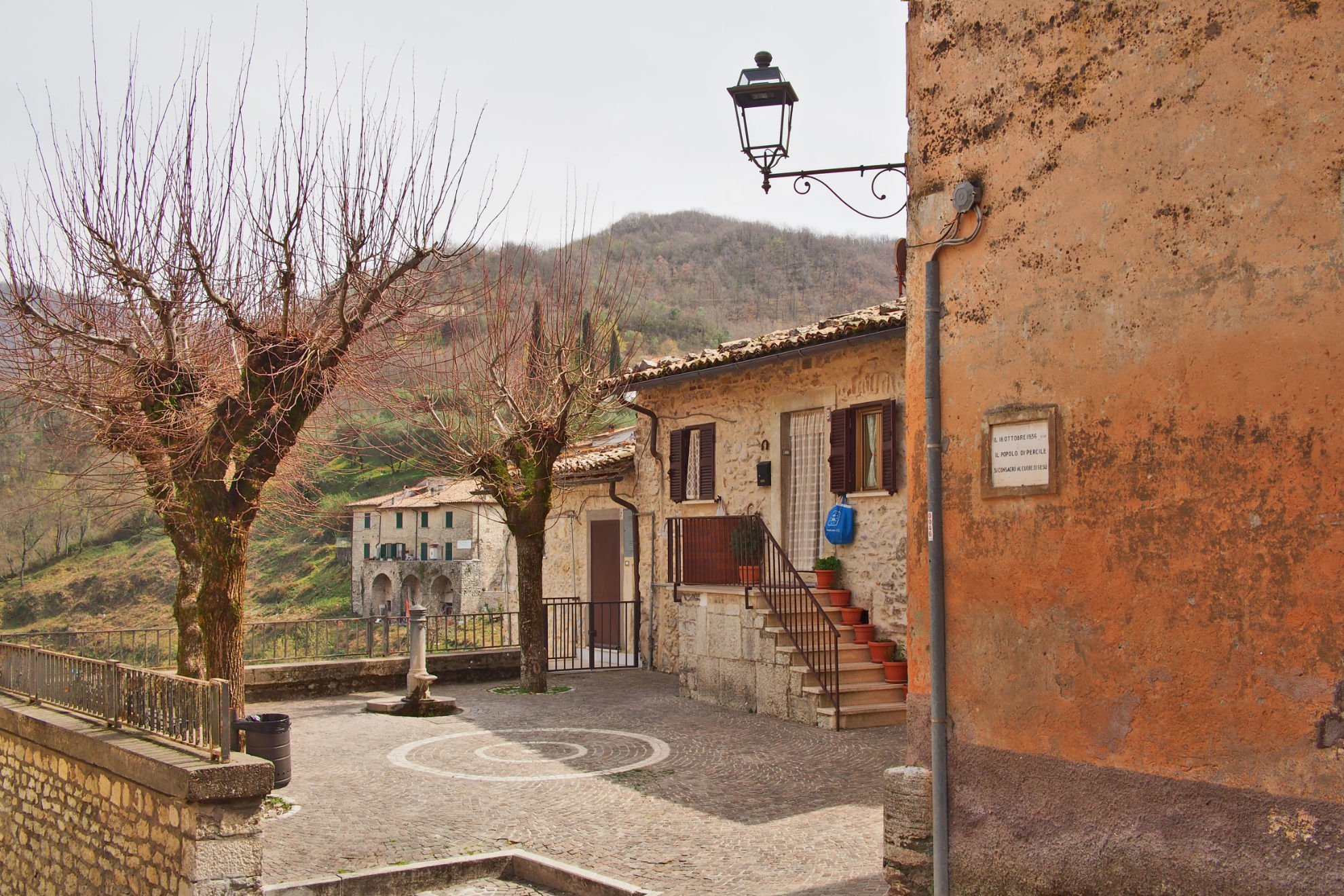
Six kilometers from the center, with a regenerating walk all overlooking the valley, with horses grazing in the wild, you can reach the famous little lakes. Fraturno and Marraone, in the shadow of the Faieta hill, are two lakes of karst origin, small and immersed in a verdant landscape of firs and oaks which, especially in autumn, have something of an alpine atmosphere.
